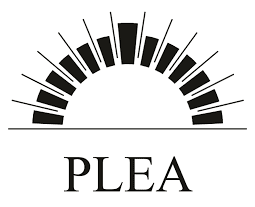Solar energy has quantitative and qualitative benefits in the city, from reducing energy
consumption to improving both indoor and outdoor amenity. However, gaining access to
solar energy becomes increasingly difficult in high density developments, where orientation may not be optimal and obstruction is almost inevitable. Achieving a sensible balance between density and solar access is therefore a critical factor in sustainable urban design, however this balance will vary according to the climate, the site, and the brief of individual developments.
This paper documents how a multi-storey apartment block in Dublin can be designed with
respect to these factors in order to reduce energy consumption through solar access without compromising built density. The design research is divided into two distinct research phases. The first phase is concerned with the site massing, and uses solar envelopes to determine the highest buildable volume relative to solar geometry and occupancy patterns. The second phase of design focuses on individual apartment units within this optimised site massing, and assesses the useful benefits of solar access in terms of daylighting, passive solar heating, and potential for integration active solar systems. The final design is assessed in terms of the resulting density achieved, relative to the actual useful contribution of the sun to the developments total energy consumption.
High Density, Low Energy: Achieving useful solar access for Dublin’s Multi-storey Apartment Developments
This entry was posted in Conference Paper. Bookmark the permalink.

